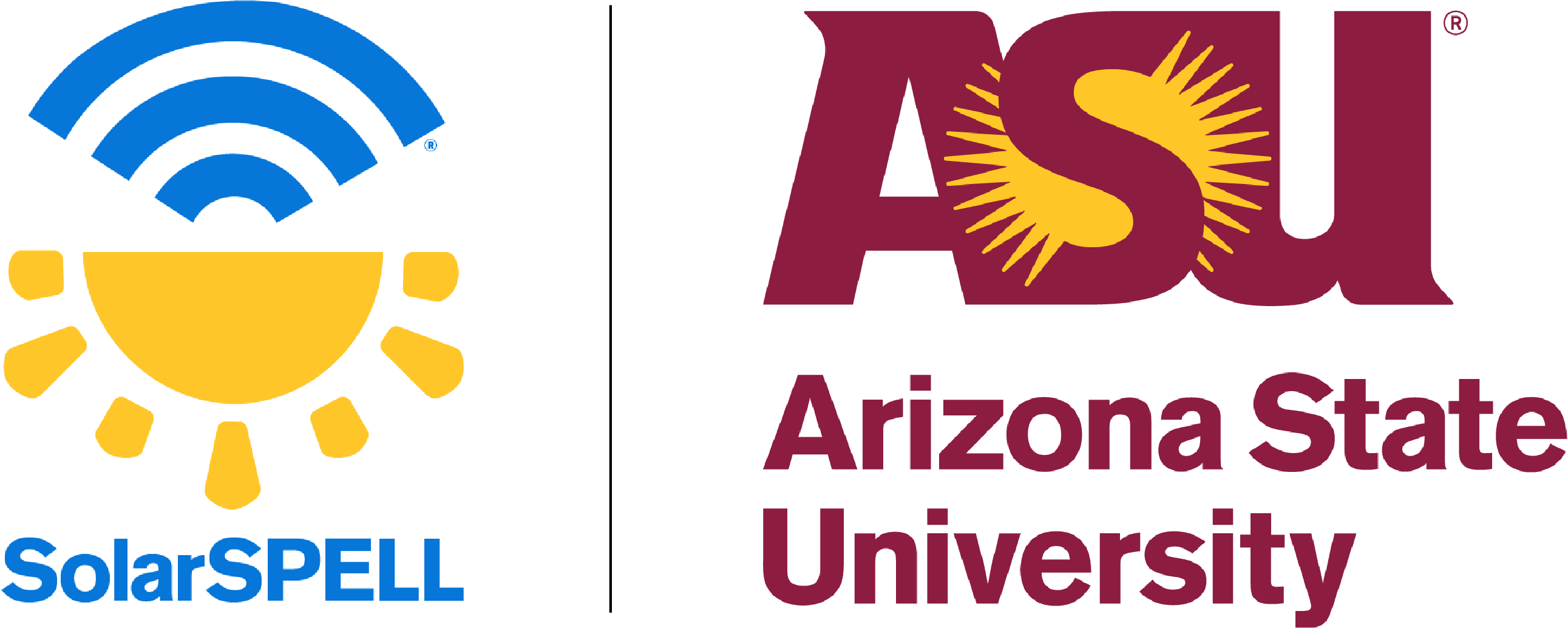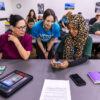Supplementing hands-on training in sustainable farming methods with multimedia resources from the offline digital libraries increases both yields and peer education among farmers.
Growing up in Rwanda’s Nyamagabe district, Marie Louise noticed that many looked down on her home district as “a place of hunger and poverty.” So she resolved that she would find a way to make Nyamagabe food secure. But after graduating from college and getting a job, she was no closer to realizing this dream. Worse — she, too, was skipping meals to make ends meet for her and her child. That all changed when she became an Agriculture Fellow with Bridge2Rwanda (B2R) Farms.
Across Rwanda, 69% of households depend on small-scale farming. But with yields decreasing under pressures from climate change and declining soil quality, one fifth of Rwandans are food insecure. In order to address this challenge, the Rwandan government tasked nonprofit B2R Farms to help implement the widespread adoption of conservation agriculture (CA).
This climate-smart farming method has been shown to increase crop yields while using less land, less labor and fewer inputs — all while regenerating the soil. In this kind of agriculture, farmers practice reduced tillage (plowing their land less to avoid disturbing the soil); maintaining soil cover with crop residues or cover crops; diversifying or rotating the crop species they plant; and using inputs like water, fertilizer and pesticides more sustainably.
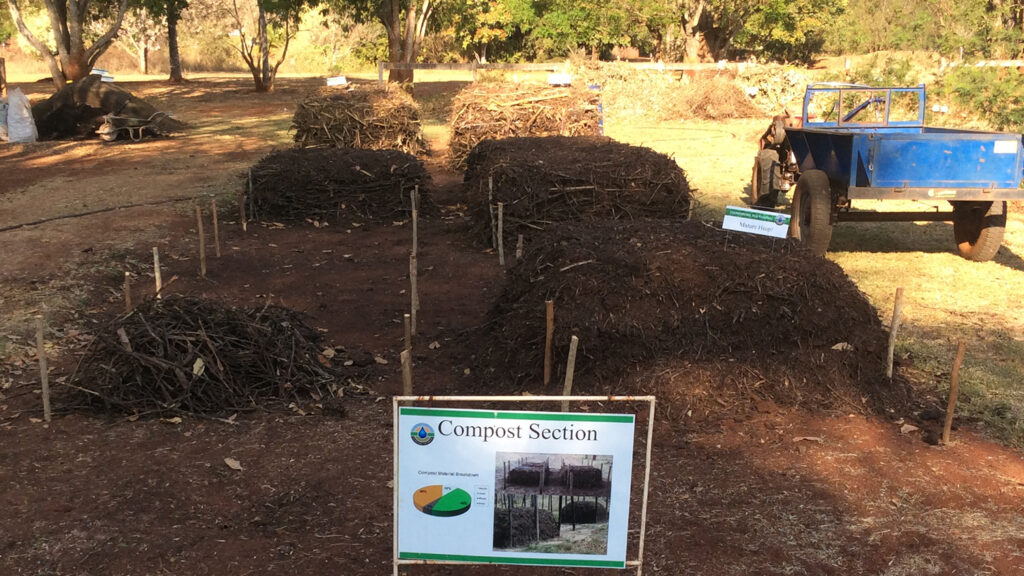
B2R Farms had already been hosting training workshops in conservation agriculture, but they needed a way both to reach more farmers around the country and to provide those rural farmers with learning materials they’d be able to reference after their initial training. As government agronomist Chrysostome Ndahimana pointed out, “When we started adopting conservation agriculture in Nyamagabe, it was challenging to reach all the farmers.”
So B2R Farms assembled a cohort of fellows to provide local training and support for farmers and agronomists. And as for the learning materials? They teamed up with SolarSPELL to equip their fellows with our offline digital agriculture library, allowing them to help farmers download farming manuals and training videos to their phones.
“Fellows are bringing the libraries out to the communities, where they’re training farmers on conservation agriculture, and they can reach more people with more information,” said Dr. Laura Hosman, SolarSPELL co-founder and co-director. “They’re bringing multimedia resources, videos, posters, PDF files — really anything that they need to help train the farmers and help the farmer champions train others.”
We began by localizing our agriculture collection, working with university students and B2R Farms interns to curate agricultural resources in the local language of Kinyarwanda, including training videos created by B2R Farms. Then in January and November 2024, we trained 79 agriculture fellows how to incorporate the digital library into their work maintaining demonstration plots, overseeing communities of practice, and conducting site visits and trainings with farmers.
In their first year alone, B2R Farms fellows trained 100,000 farmers on conservation agriculture techniques. What’s more, these farmers reported higher yields after implementing what they’d learned!
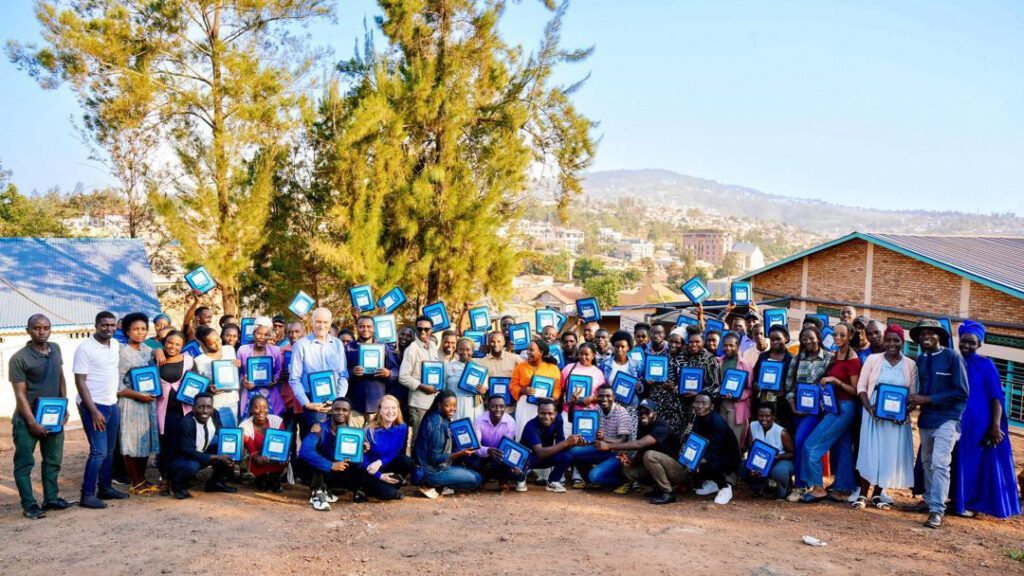
Image courtesy of B2R Farms
Every farmer trained was tasked with planting one plot of maize using standard practices and one using conservation agriculture. One growing season after their training, 3,571 farmers were surveyed; 398 of them had been trained using the SolarSPELL library. Of these, 90% reported implementing CA practices they learned from the digital library.
“The conservation agriculture approach has increased maize yields by 47.5% compared to standard practices,” said Laura Hosman, SolarSPELL co-founder and co-director. “When conservation agriculture and SolarSPELL are combined, there’s an additional 9% yield increase of 56.5% more than standard practices.”
What’s more, farmers who had used the digital library were more likely to share their new knowledge with other farmers! In fact, they trained 2.5 times more people than the farmers who hadn’t used SolarSPELL.
“Conservation agriculture works. SolarSPELL amplifies that, but it also increases the reach,” said Dr. Hosman.
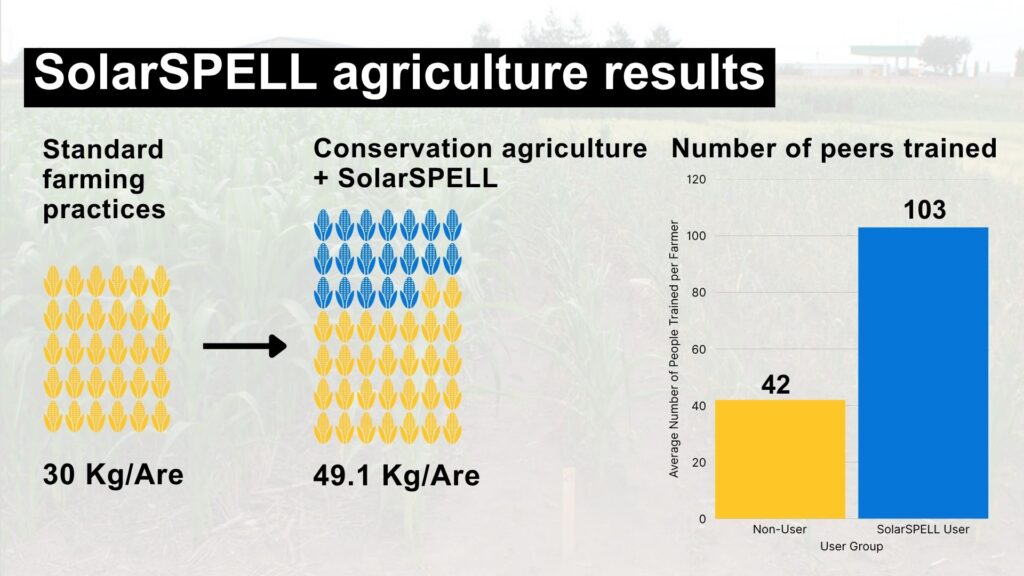
Back in Nyamagabe, Marie Louise has been happy to put her training to use serving as an agriculture fellow in her home district. “The training I received in conservation agriculture through Bridge2Rwanda has allowed me to work with farmers to create cooperatives for planting green vegetables, which has been successful in both rainy and dry seasons,” she said.
Chrysostome, who serves as Nyamagabe’s agronomist, shared that Marie Louise has already had a massive impact: “She’s doing a difficult but incredible job training farmers individually and showing them practical methods. In the time she has been here, her work has given us hope and resulted in great harvests.” (Great harvests may be putting it mildly. One of Nyamagabe’s CA demonstration plots produced three times more maize than the standard practice plot!)
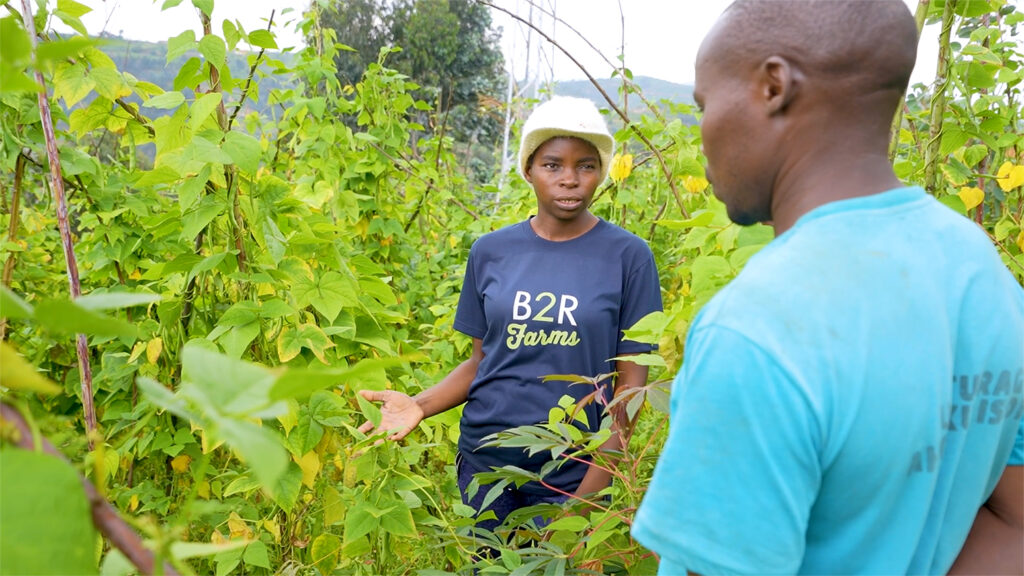
Image courtesy of B2R Farms
Over the last year, the cohort of agriculture fellows has grown to 93, as B2R Farms works to reach an additional 600,000 farmers throughout the country. For our part, we are fundraising to provide 50 additional SolarSPELL libraries to further scale the fellows’ impact and reach. We are so grateful to be working alongside B2R Farms to help Rwanda’s farmers improve their resilience and food security, and we can’t wait to expand our work together.
If you are interested in supporting this work or would like to learn more, please contact [email protected], or visit our ASU Foundation page.
